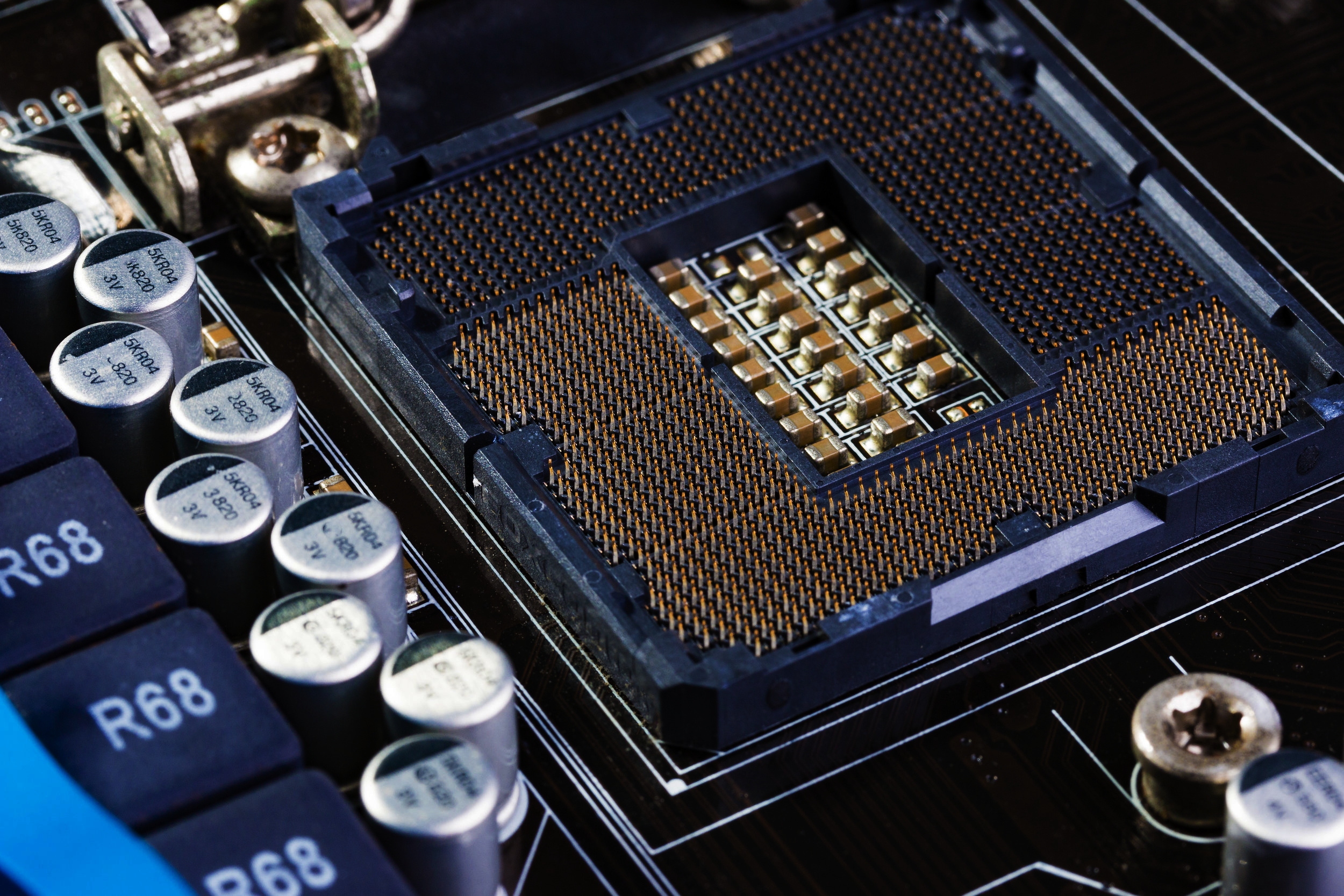Revisiting semiconductor heat management through nanotechnology

Nanotechnology has significantly impacted the semiconductor industry, enabling the production of transistors that are just a few nanometers in size. While the miniaturization of electronic components has resulted in higher transistor densities, it has also increased heat generation.
To address this, current thermal technology relies on thermoelectric cooling modules, liquid coolants and heat sinks to dissipate heat. However, we envision a future when nanotechnology plays a crucial role in developing miniature cooling and energy-harvesting devices that can be seamlessly integrated with electronic circuits. Our research is motivated by this vision, and we are working to advance the field by exploring novel nanomaterials and device architectures for efficient heat management and energy harvesting.
How can we control heat generation in a novel way?
The manipulation of quantum resources in the electronics industry holds great potential for building innovative devices aimed at controlling heat generation. Advancements in this field rely heavily on theoretical foundations and basic design principles involving the theory of open quantum systems. By developing a better understanding of these concepts, researchers can create faster and more efficient cooling strategies for cutting-edge electronics.
However, extensive research is needed to fully establish the theory of energy transfer in thermal devices, especially when these systems are strongly coupled to their surrounding environment. Before thermal device models can be brought to the fabrication stage, it's crucial to explore the area of quantum thermal management in-depth.
One such example of an open quantum system is the thermal transistor, which interacts with a collection of thermal baths. Two-level systems represent the terminals of the transistor. In a quantum thermal transistor, three such systems interact with three thermal baths with different temperatures directly coupled. Once configured, the thermal transistor behaves similarly to an electronic transistor. By connecting multiple thermal transistors through baths, researchers can create a multi-transistor system with the potential to generate various thermal counterparts of electronics.
Novel perspective for future electronic industry
As detailed by research published in Physical Review B, we have developed a novel theoretical model for thermal energy control using a multi-transistor structure, which enables the guidance of heat flow like electricity. Unlike previous studies that utilized single structures, we used rings of two-level systems connected to various baths to achieve our model, which enhanced the ability to amplify heat currents.
Our model is efficient as it can be placed on a substrate, opening the way to a practical quantum thermal transistor design. We investigated how common environmental effects and reservoir engineering techniques can be utilized to generate dark-states, leading to the realization of thermal logic gates.
Although our research is still focused on the experimental realization of these models, they have the potential to revolutionize how we approach efficient thermal management in modern electronics. The on/off action of these thermal transistors could be used to cool electronic circuits, presenting a novel implication for future electronics.
This story is part of Science X Dialog, where researchers can report findings from their published research articles. Visit this page for information about ScienceX Dialog and how to participate.





